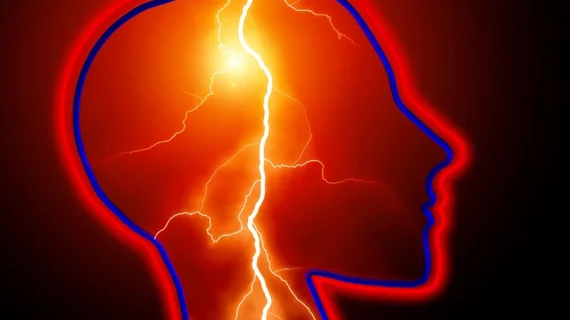7T MRI scans improve care for patients with focal epilepsy
7T MRI scans of patients with focal epilepsy can provide valuable information missed by 3T scans, according to new research published in PLOS ONE. Such a breakthrough could potentially lead to significant improvements in the overall care of these patients.
MRI scans are a key component of caring for patients with epilepsy; properly identifying lesions can lead to more accurate surgical procedures and better outcomes. But some patients, the authors explained, have lesions that can’t be identified on MRI.
“MRI-negative patients are less likely to be considered candidates for surgery than lesional patients and when operated upon have inferior surgical outcomes overall,” wrote Rebecca Emily Feldman, PhD, Icahn School of Medicine at Mount Sinai in New York City, and colleagues.
“MRI-negative individuals who do undergo successful surgery frequently have distinct epileptogenic lesions identified post-surgery via histopathological investigations or retrospective examination of the images. Since reduced surgical success for MRI-negative individuals is often attributable to inaccurate or incomplete resection of epileptogenic foci, pre-surgical identification of abnormalities on MRI may be an important contributor to positive surgical treatment outcomes.”
Noting that 7T MRI scans have helped researchers identify abnormalities in other areas, the authors looked to use the scanner’s improved resolution to help more epilepsy patients receive the care they need. Thirty-seven patients with focal epilepsy and 21 healthy patients were used for the study. Two neuroradiologists reviewed 7T MRI scans of each patient, performing one read blinded and a second read “with knowledge of the seizure onset zone.”
Overall, 25 patients (67 percent) had epileptogenic abnormalities identified at 7T that were undetectable/overlooked when providers used MRI scanners with a lower field strength than 7T. Those abnormalities were definitely related to epilepsy in five patients, likely related to epilepsy in three patients and possibly related to epilepsy in seven patients. It was unclear if they were related to epilepsy or not in another 10 patients. In the five patients where the abnormalities were definitely related to epilepsy, it was confirmed through surgery.
The 7T scans uncovered additional findings as well.
“7T MRI also revealed several subtle structural features in both patients and controls that were undetectable at lower field strengths, with significantly more abnormalities identified in epilepsy patients.,” the authors wrote. “Therefore, information revealed by the 7T exams has the potential to reveal biomarkers of epilepsy, provide enhanced lesion localization of focal epilepsy, increase the success of epilepsy surgery, and advance our understanding of the etiology of the disease.”

